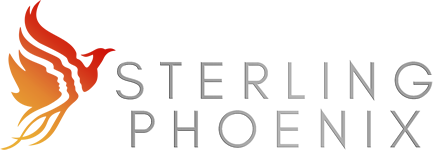Summary
We’re living through a transformation as profound as the Industrial Revolution — but this time, the machines aren’t just replacing muscle. They’re mimicking thought. And that changes everything.
It’s tempting to compare what’s happening now to what happened in the 1800s: disruptive technologies reshaping economies, displacing workers, and demanding entirely new forms of leadership. The Industrial Revolution gave us the modern corporation, the 40-hour workweek, and layers of management meant to organize human labor around predictable, repeatable tasks. It gave us productivity as our North Star and efficiency as the most desirable virtue.
But artificial intelligence isn’t just another productivity tool. It’s a mirror. It reflects the logic, assumptions, and values we’ve programmed into our institutions — sometimes consciously, often carelessly. And that’s where today’s leadership challenge begins.
AI is forcing every leader to grapple with uncomfortable questions that extend far beyond business strategy and into our very identity as humans. The questions at hand are “Who are we when machines can write, speak, code, analyze, and create? What does it mean to lead when the source of innovation isn’t just human ingenuity, but human-AI collaboration? How do we structure organizations when expertise itself is no longer scarce?
Unlike the Industrial Revolution, this shift isn’t about scale. It’s about sense-making. During the first machine age, we led people into factories. In this one, we must lead people through uncertainty, complexity, and ambiguity. Leadership today requires not just vision, but also emotional fluency, ethical grounding, and deep self-awareness.
The discomfort many are feeling right now — the unease, the anxiety, the impulse to either romanticize the past or chase every shiny new tech — is a sign that we’re in the liminal space between paradigms. The old maps don’t work. But here’s the truth I keep coming back to: AI isn’t the enemy of humanity. It’s a test of it.
This era won’t reward the loudest or the fastest. It will reward the most human for the first time ever. Those most willing to slow down, ask better questions, build trust, and center around purpose. Sure, AI can parse language and spit it back to us in new ways, but it can’t build culture. It can analyze sentiment and make suggestions, but it can’t earn employee or customer loyalty. It can even go so far as to replicate the art we’ve created, but it most certainly can’t forge the sense of belonging that is so fundamentally human.
The path forward requires a shift in leadership posture. Less command-and-control. More convene-and-co-create. Less performance. More presence. We need leaders who don’t just follow the crowd in chasing the next wave of technology and innovation but truly understand how to surf it. They will need to be experts at balancing agility with integrity and humanity as they ride the waves. That means creating conditions where people feel safe to take risks and experiment, where failure is reframed as a learning opportunity, and where innovation is tied to values, not just velocity.
AI is accelerating everything — but it’s also amplifying what we stand for. If we lead well, this could be the most expansive, democratizing leap forward in history. But that depends on who’s holding the reins — not just of the algorithms, but of the culture, the decisions, and the direction we take from here.
The future won’t be led by those who know all the answers. It will be led by those brave enough to ask the right questions — and wise enough to do so in community. Leadership in the AI era isn’t about getting ahead of the machine. It’s about getting back to what only humans can do: imagine, empathize, and lead each other into a future worth building.

